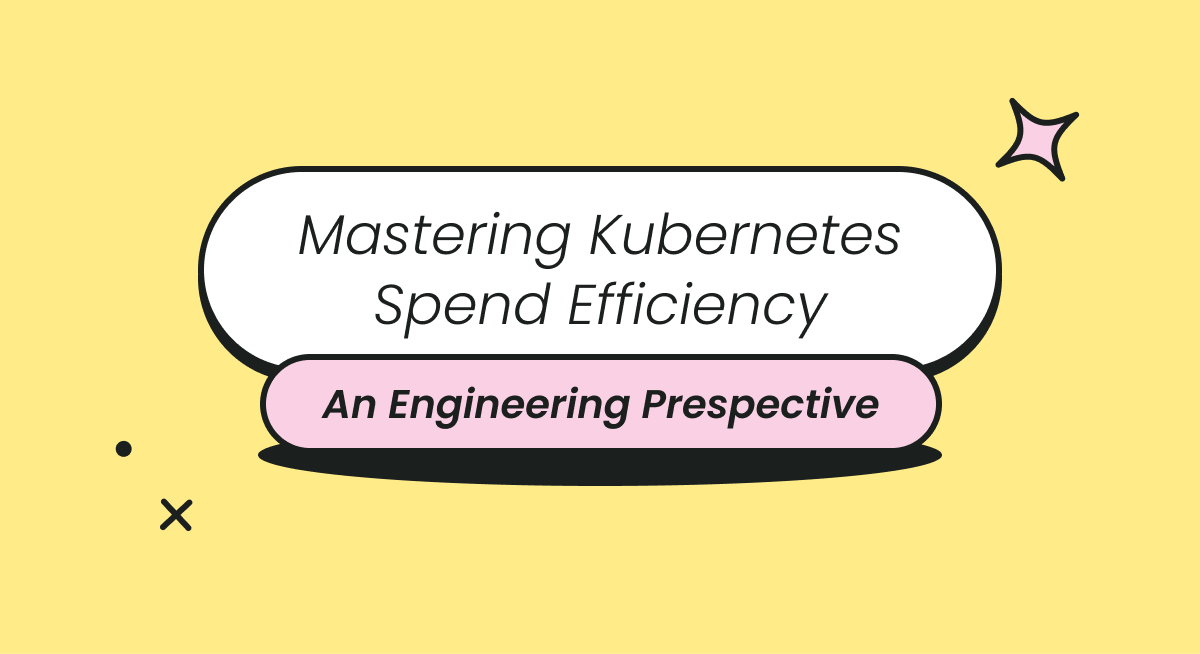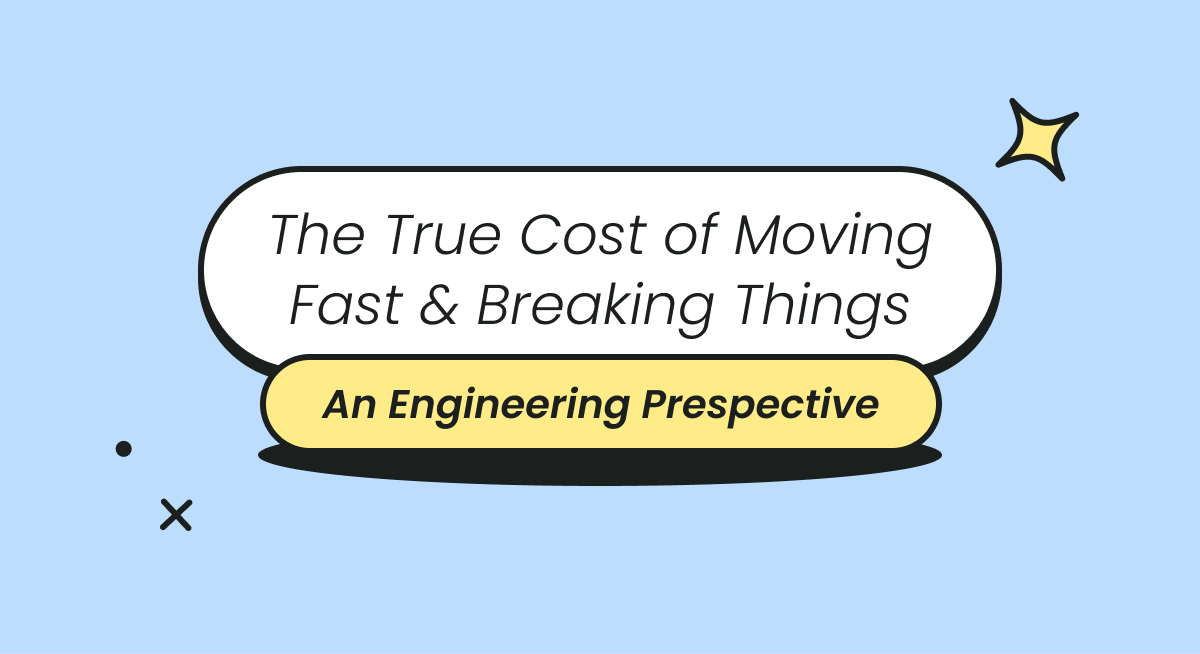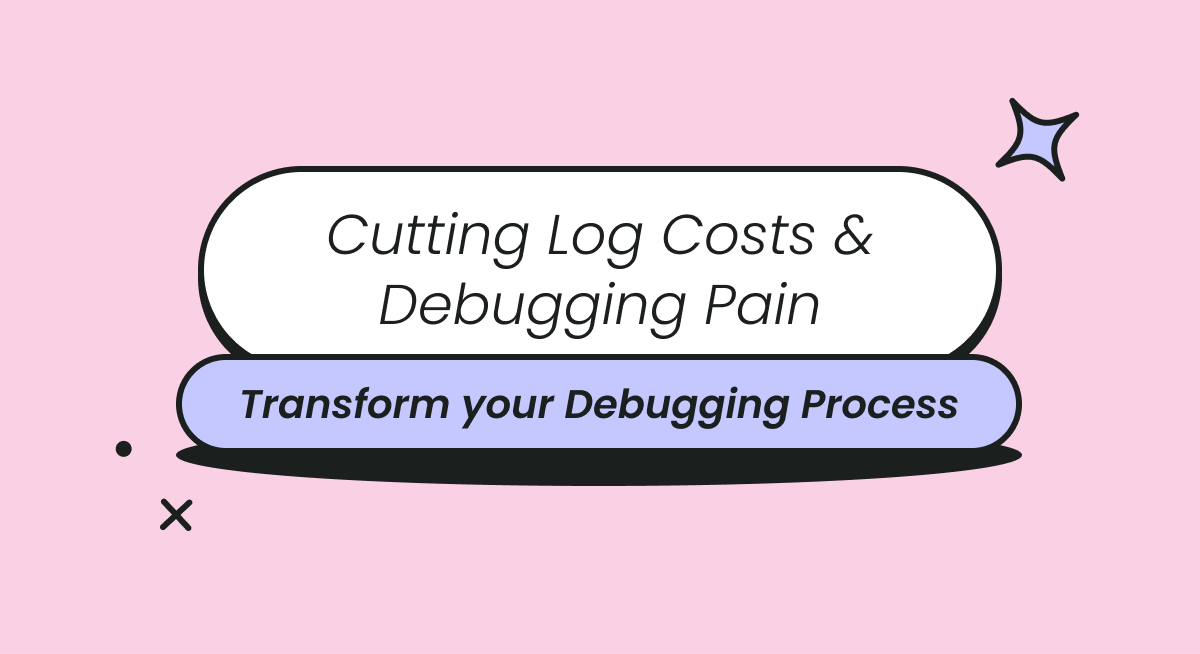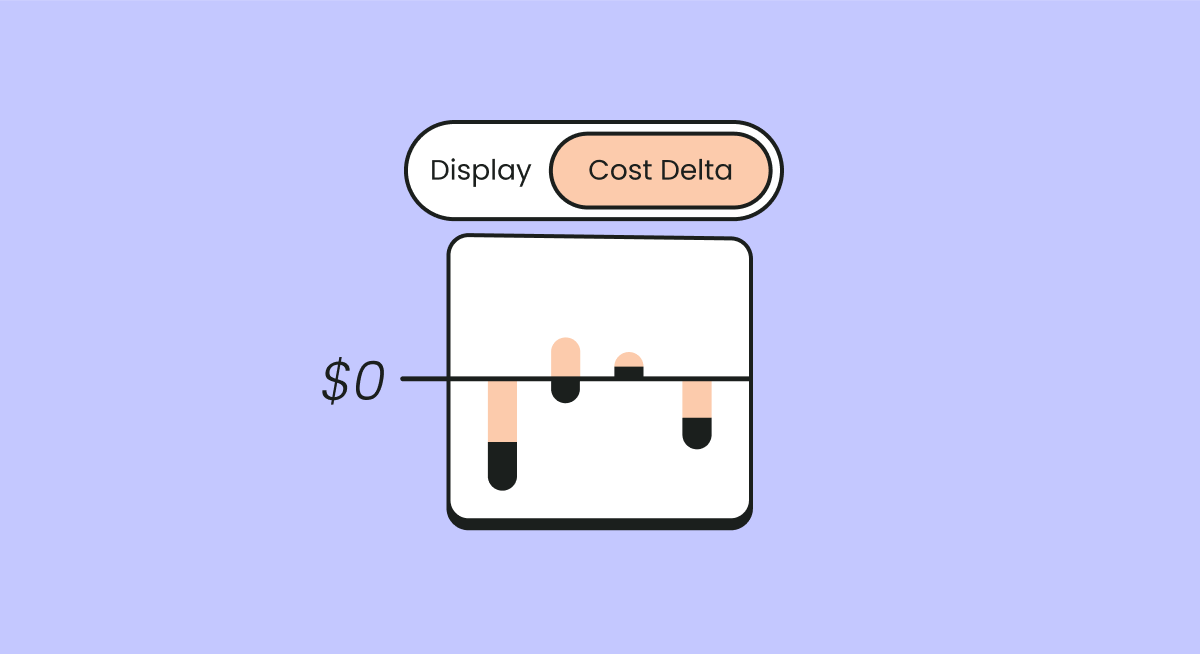
The role of FinOps is to derive organizational business value from data that is “hidden” within the cloud cost, so organizations can make optimized decisions, plan resources and predict costs. Fulfilling this task is hard enough as it is, since FinOps often rely on DevOps and because they lack tools that can correlate customers, features, segments and products with costs. But when organizations operate a multi-tenant environment - achieving cost observability becomes almost impossible. Let’s see why and some practical solutions for FinOps to overcome this challenge.
Cloud Accountability
A Dark Cloud
The evolution of our IT infrastructure from on-site to in-cloud has radically changed the face of commerce. Business models can now rely on a quality and quantity of processing power and services on an as-you-need-it basis that was previously unthinkable.
However, the dark cloud that hangs over this digital transformation revolution is that maintaining the sheer weight of machinery and the cooling equipment that supports it is an energy-hungry commitment. Estimates suggest that by 2025, the technology sector could be responsible for consuming 20% of the world’s total electricity. Interestingly, the cloud can also be part of the solution to this problem, as cloud migration cuts the per-user carbon footprint of enterprises. Estimates suggest a 30% drop for large, already-efficient companies and a 90+% drop for the smallest and least efficient businesses.
A Clear Vision
Thankfully, the cloud providers have recognized the potential impact of their service offering on the global climate crisis and are taking steps to mitigate this and support their customers to join them in a carbon-neutral journey.
One of the top 3 cloud providers, GCP, claimed to be carbon “neutral” from 2007. Critics can, with some justification, complain that neutrality does not equate to not emitting greenhouse gases. What it does signify, is that GCP committed to offsetting their carbon emissions as part of their corporate sustainability strategy. This strategy includes a commitment to be fully carbon-free by 2030. So, how do Azure and AWS hold up by comparison? Both are committed to be fully powered by renewable energies by 2025 and net-zero carbon from 2040. Considering that, together, Azure and AWS make up over 50% of the cloud market, such a shift represents a significant environmental impact.
As you might expect with such high-tech players, they are examining several environmental efficiency gains. These top 3 are also innovating with improved cooling systems, supply chains, and reductions in water consumption.
As AWS puts it: they will take responsibility for the sustainability of the cloud. But, the customer must take responsibility for sustainability in the cloud. So, how can you, the cloud customer, ensure that your cloud observability tools ensure cloud accountability and corporate and environmental sustainability?How to Achieve Multi-Tenancy Cost Observability
FinOps for Sustainability
Financial Operations (FinOps) describes the financial management framework that maintains visibility over your company's cloud spend. FinOps is the logical response to the challenge of managing complex variable cloud spend models to reliably inform corporate budget decisions.
Thanks to the growth in consciousness over the clear and present danger non-sustainable practices represent to the planet, FinOps can go much further than enabling cost accountability. FinOps is also integral to your sustainability monitoring. This specialist area, GreenOps, encompasses the operational framework and philosophical shift that brings development, finance, and business teams together to drive financial and environmental accountability.

Cloud Consumption – Costs and Carbon Footprint
GreenOps provides greater cost transparency while promoting a culture of environmental responsibility. With cloud reducing the per-user carbon footprint, it is clearly the best choice. However, that 1/5th of the world’s electricity consumption estimate is severe, which makes cloud accountability a central component of your corporate sustainability strategy.
This means that your FinOps platform should serve two key functions. The service must provide visibility over both costs and carbon footprint. Decisions may not be trivial when the cheapest solution is not the greenest solution. But, being able to analyze the impact of adopting different cloud strategies on both metrics is a vital step in making informed decisions.
Carbon Proxies and Carbon Footprint
Carbon proxies, those factors which correlate well with carbon emissions, are the most typical KPIs adopted to inform GreenOps. Electricity consumption, for example, is a useful proxy that allows developers to optimize the energy consumed by an application to reduce the amount of carbon it’s responsible for emitting.
You may be working on Azure, where the number of Azure Compute Units (ACUs, a measure of a server’s computational power) is a reliable proxy for an app’s carbon footprint. You could be attempting to achieve the lowest compute power in AWS. Perhaps you are attempting to reduce consumption as a proxy to reduce your carbon footprint or calculate your emissions and the cost of their offset. Whatever your challenge, you need to forecast and model your options with ease.
Thankfully, cost is also a good carbon proxy, and most corporate sustainability decisions in the cloud align with traditional budget management decisions. Optimizing app performance and server utilization is a sound green strategy and financial strategy. By ensuring that development teams have complete visibility and accountability over their GreenOps with cloud observability platforms, you empower a sustainable future.
Conclusion
The corporate world is emerging into the consciousness that achieving global net-zero carbon emissions is essential to our future. Whether you are joining this race to zero, as leaders pulling or being pushed there by legislation, this future is, eventually, everyone’s goal.
The sheer flexibility of cloud services is both its awesome power and its biggest challenge in terms of budgeting and modeling. And, behaving responsibly within the cloud requires reliable metrics and informed decisions.
We are not just impartial observers of this; here at Finout, we are passionate about empowering our customers to make informed decisions in a complex, data-intensive, and, too often, incoherent environment.
If you are ready to apply a GreenOps mentality to your FinOps strategy, ask to try our cloud observability platform to put your organization on the right path.








